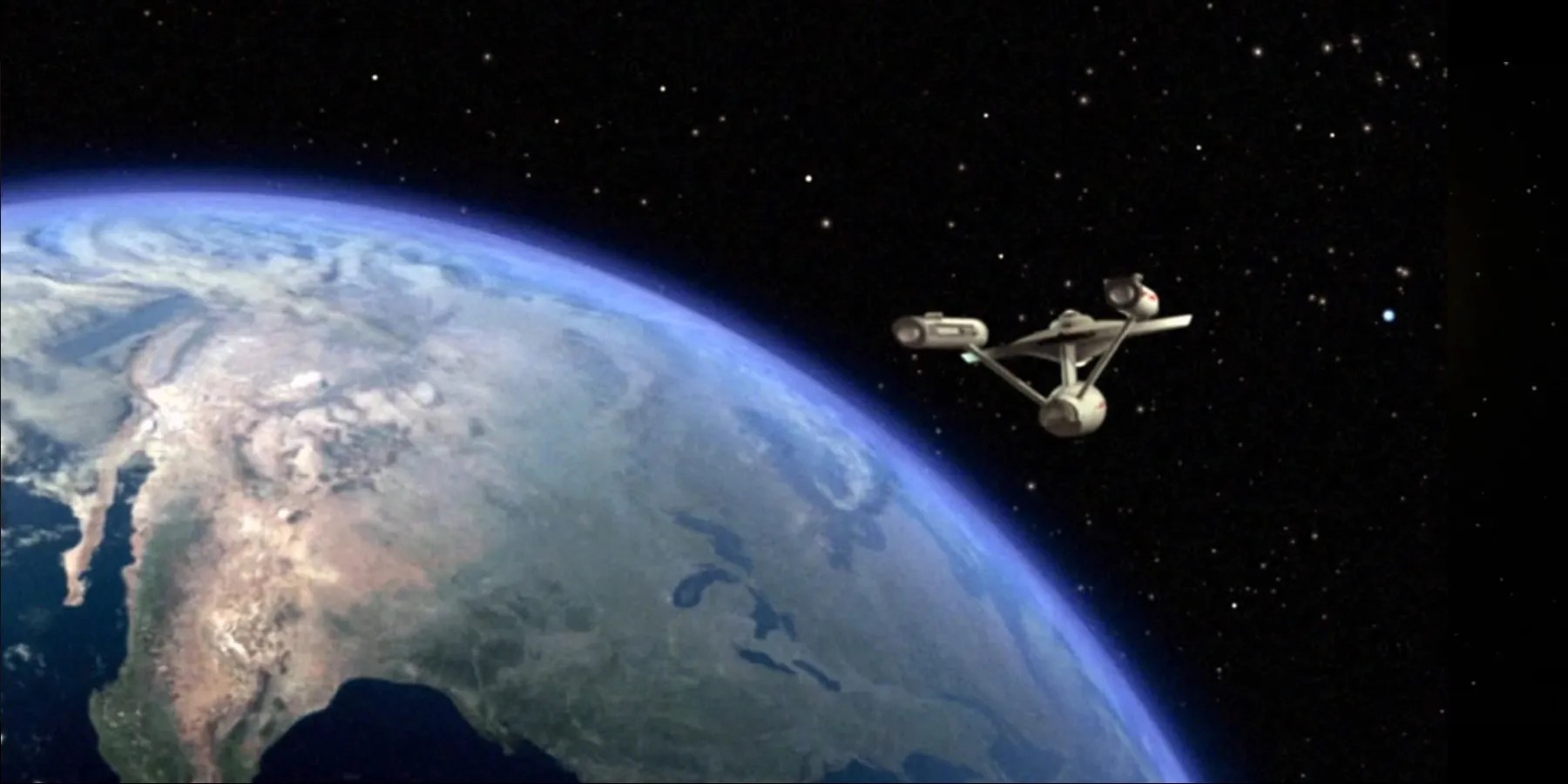One of the things that makesStar Treksuch a successful science fiction franchise is the immense amount of world building the creators put into the various shows. Things didn’t end with cool-looking alien races. Writers and directors often created entire working socio-political infrastructures, and entire histories for the races. The same is true for the history of Earth and the humans who have evolved into the perfect representations of autopian future pioneered in the franchise. One such seemingly minor detail was the creation and prolonged use of the planet class system.
Plant classes, or planetary classifications, were a way forthe military-like Starfleet(as well as many other exterior space governing bodies) to categorize the various types of planets across the galaxy. The classification would take into account many important factors that made the planet up, including atmosphere, temperature, size, and vegetation. Of course, there was still a massive amount of variation within this, but these factors, as well as some other minor ones, were the most important. These would help give an indication as to what to expect when visiting a new or old world. It’s also important to note that these were specifically designations for planets, rather than moons, comets, or the like. Planets are defined as a body that is not only in orbit around a sun, but is also big enough (which is why poor Pluto got demoted). It also has to be round, and have an orbit that is fairly clear from debris.

RELATED:Star Trek: Who Are The Voth?
The Federation classification system is a simple one, and uses single letters to differentiate the different planets. Other races used the same tick list for their classifications, but often gave them different names.The pointy-eared Vulcans,for example, named the M class planets the ‘Minshara’ class — alternative name, same classification. The list of known classifications are as follows:D, H, J, K, L, M, N, R, T, P,andY,which unfortunately doesn’t make an interesting or memorable acronym.
Of all of these, the most important and frequently used isClass M, which basically denotes any planet that is Earth-like. The atmosphere of an M-Class Planet contains oxygen and usually nucleogenic particles (the thing that was necessary for the production of rain on a planet). Most notably, though, they were home planets that would support human life. The best examples of these plants from the franchise was, of course, Earth, but Vulcan and the Organian home world Organia also fall into this category. Here is where the classifications are shown to be fairly broad. There is a vast difference between the living conditions on Earth versus Vulcan, but still they are both still classified as M-class planets.

Other classes were used for planets that were uninhabitable for most species, for various reasons.Class Ddenotes an uninhabitable, small planet with no atmosphere. Examples of this include the Weytahn and Regula planets. What was interesting about these planets was that they were often viable candidates for terraforming, which is what happened to Weytahn, converting it from a class D planet to a class M.Class His a fairly specific, and rarely used class, denoting planets that were uninhabitable by humans but were hospitable for the Sheliak race, one ofthe few non-humanoid aliensin the franchise.Class J and Tplanets are types of gas giants.
Class M planets are not the only habitable ones in the universe.Class Kworlds were able to support human life, as long as they were using artificial biospheres. They were not naturally habitable, but could be made so with relative ease. Examples of these were Theta VIII and the wonderfully named planet Mudd. Meanwhile, the unusualClass Lplanets were often relatively habitable for humans, but had a strange dichotomy between flora and fauna. These worldshad a large amount of vegetation, overflowing with greenery, but had either very little or no animal life. It made these worlds oddly barren, despite all appearances, but at the same time relatively safe (discounting poisonous and deadly plants).
Other planet classes denote hostile or dangerous environments.Class Nplanets are a rare appearance within the shows, only being mentioned a few times. This class is given to planets with high surface temperatures, and a dense, acidic atmosphere. Here, water only exists as a vapor. In our own solar system, Venus is a prime example of a Class N planet.Class Rworlds are somewhat mysterious, as the only canon example is Dakala. This classification is given to ‘rogue’ planets, ones which had somehow broken free of their orbit and managed to travel untethered by a sun through space, like arogue starship going at warpand crashing into anything in its path.
After the iconic Class M planets, potentially the next most memorable classification is theClass Yworlds. These were aptly given the nickname of ‘Demon’ planets, and are what one might call a typical representation of hell. They are incredibly inhospitable worlds, with massively toxic atmospheres and temperatures of an unimaginable level — 500 degrees Kelvin, to be precise. They are not only dangerous to those who dared set foot on them. They were also dangerous to those just in the vicinity, prone to thermionic radiation discharges that were deadly to those nearby.
Finally, the technically non-canonClass Pplanets appear on various different star charts for the franchise, but are never specifically discussed in the shows or movies. The only mention is a passing comment thatthe technologically advanced Breenhome world was likely to be a class P. These are glaciated planets, old worlds that are more than 80% ice, with human breathing air composed of oxygen and nitrogen.
That’s all the classifications to date, though with new shows getting added to the franchise constantly, it’s only a matter of time until new classifications sneak up, pretending like they’ve been there the whole time.